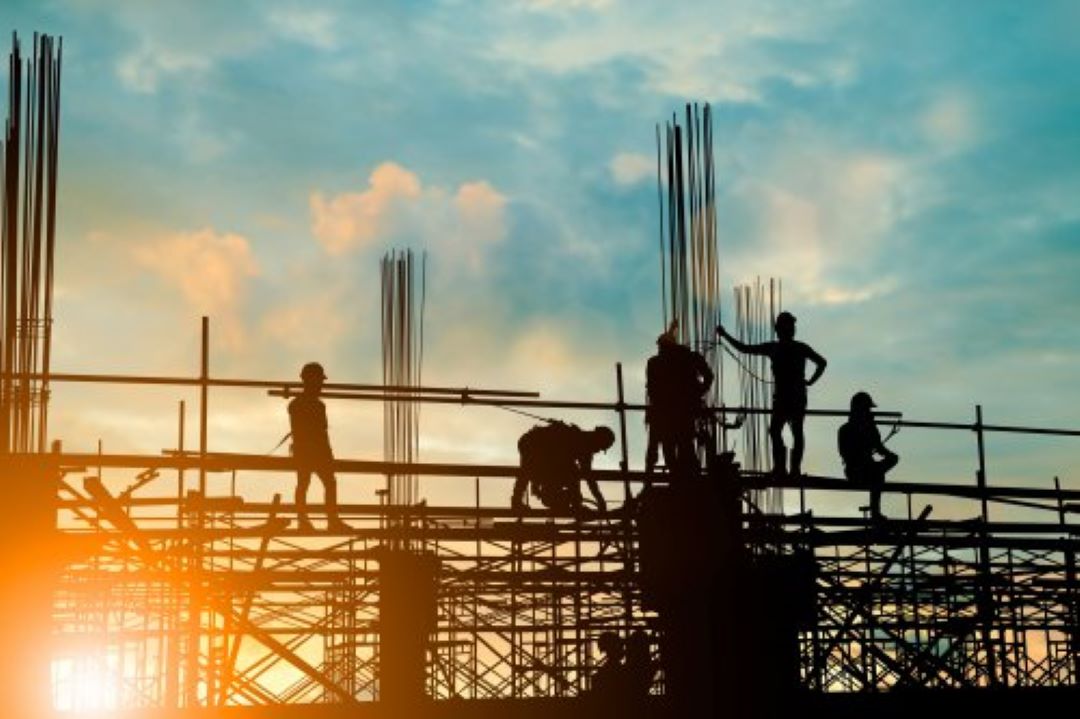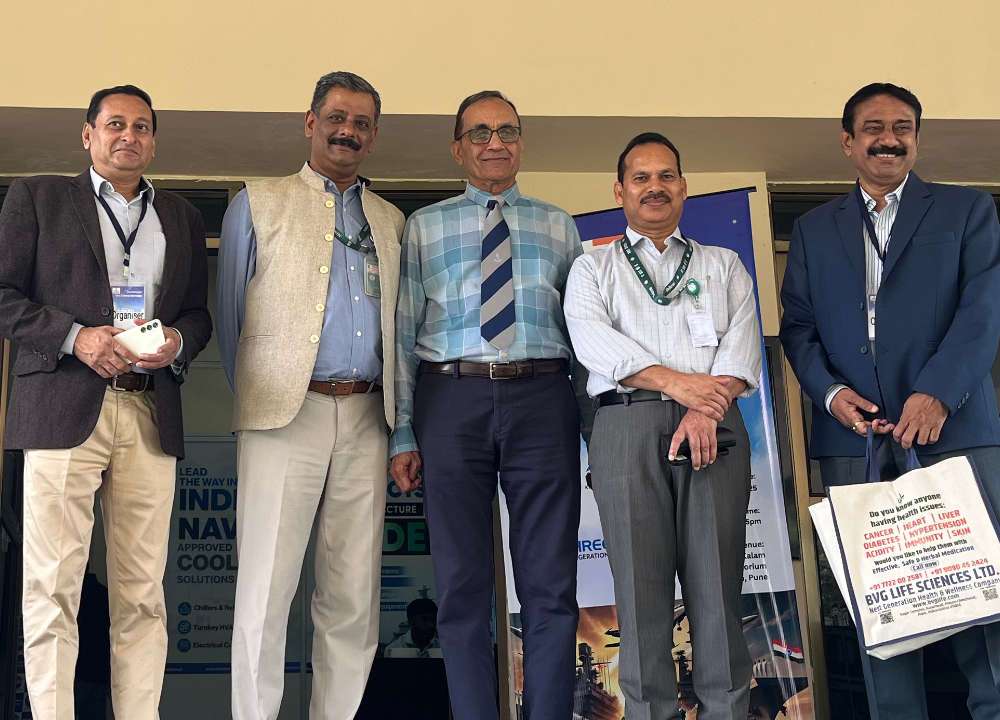A recent report by Lloyd’s Register Foundation highlights serious safety issues in the construction sector, revealing that 22% of workers globally have experienced harm at work over the past two years. Alarmingly, only 39% have received occupational health and safety training relevant to workplace hazards. The study, based on data from the World Risk Poll conducted by Gallup across 142 countries, identifies construction as one of the most hazardous industries, alongside fishing and mining.
According to the World Risk Poll, nearly one in five (18%) workers globally have experienced harm at work over the past two years, with those in the construction, fishing, and mining sectors being particularly vulnerable. The findings, presented in a new report by Lloyd’s Register Foundation titled Engineering Safer Workplaces: Global Trends in Occupational Safety and Health, were based on data collected from 147,000 interviews conducted by Gallup in 142 countries.
Construction workers were found to be at the highest risk, with 22% reporting harm, four percentage points above the global average. Factors contributing to these risks include heavy machinery use, long hours outdoors, and exposure to hazardous substances. Additionally, men, who make up the majority of the construction workforce, experience higher rates of harm, suggesting differing exposure to risks based on gender and role on-site.
The report also highlights the need for better safety and health training, with a significant gap in education between male and female workers. While 48% of women reported receiving safety training, only 38% of men did.
Alarmingly, 60% of construction workers globally have never received any safety and health training, with notable regional disparities in training access. For example, 82% of workers in Australia and New Zealand reported receiving training, compared to only 6% in Northern Africa. Chris Alderson from Construction Health and Safety New Zealand emphasized the importance of training tailored to the ever-changing risk environment in construction, calling for more comprehensive safety education for all workers, including contractors and part-time staff.
Despite these challenges, the report notes some positive findings, such as 61% of workers reporting harm in the past two years, a higher figure than in manufacturing. Initiatives like the South East Asia Skills Enhancement Programme (SEASEP) are working to address these issues, offering training to improve safety practices across the region.








